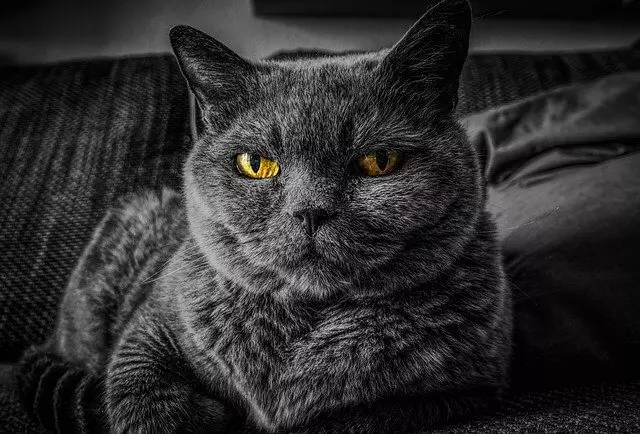Aggression is the second most common problem that pet behaviorists encounter. Although kitty antagonism is occasionally discussed, it does not receive the same level of attention as canine aggression. Perhaps it’s because cats are smaller and don’t go out of their way to bite people.
Best Sellers List
Aggression felines have a reputation for being unstoppable. Cat attacks can be vicious or playful, and both behaviors can appear to be the same. There is a difference between having a good time and being aggressive. Scratching and chewing can range from moderate to severe in cats. A scratch or nibble from a house cat is unlikely to be lethal, but there are ways to deal with a cat’s aggressive behavior.
Why are cats aggressive?
Sophisticated house cats still have the same pursuing and following impulses as their forefathers. Typically, a cat observes something moving in a way that triggers the instinct to attack, implying that the item is a reward or prey. To finish the attack, the cat is going to use its paws and possibly its fangs.
- Due to aggression and fear
In cats, most animosity is caused by dread or curiosity. There might be different explanations behind cat hostility and attacks, such as diverted aggression or when a cat lashes out at its owner since it defects something is wrong. A cat that is shielding its domain from an apparent danger likewise may become aggressive. While this conduct might be ordinary at first, if it doesn’t die down within a couple of months, it might need a restorative move.
- Aggressive behavior may originate from a mother cat
Forceful conduct may originate from a mother cat securing her kittens. A creature in torment or one that feels compromised may likewise lash out. However, in the event that it assaults under these circumstances, it’s effortlessly ascribed to a particular cause, which is not quite the same as continued or continuous forceful behavior.
- Fearful or defensive
Fear hostility can happen when a cat sees danger, and it raises the off chance that she can’t escape. Body stances related to frightful or cautious animosity are a mix of protective signals, for example, hunkering, smoothing the ears, and tucking the tail.
- Play aggression
Play aggression is the most well-known sort of forceful conduct that cats direct toward their owners. It includes commonplace savage and plays behavior, including following, pursuing, attacking, running, ambushing, pouncing, leaping, bathing, swathing, grasping, fighting, and gnawing.
Signs of aggression
- Twitching, meowing and coming up short swathing.
- Bluffing behavior, such as when a cat curves its back, doesn’t normally prompt an outburst, yet, is rather one. Cat’s method of demonstrating to another cat that it’s not to be messed with.
- Biting
- Fighting
- Growling, shrieking
- Scratching
Some of the most widely recognized circumstances that trigger territoriality are;
- A cat in the family arrives at sexual maturity.
- A new cat is brought into the family and household.
- Major changes are made in the cat’s family or environment
- Stray or wandering cats in the area enter a cat’s domain.
How to stop excessive aggression of cats
There are various ways you can empower healthy vigorous play in your cat. However, maintaining a strategic distance from that may result in injury. Here are a few different ways to stop over the excessive aggression of cats.
- Stop an assault in progress by means of a water gun, citronella spray, or the sound of murmuring air from an airborne can.
- Put an outfit and chain on the cat to enable your better control and to interfere with unwanted behavior.
- Play perceptive games with your cat to copy off energy.
- Interactive play likewise support trust in timid cat’s so, they can learn manners.
- Create an ordinary schedule that incorporates a particular time for play.
- Spay or fix cats before their birthday, this can decrease cat excessive aggression.
- Do not try to push the cat.
- Reward the good behavior.
Conclusion:
Aggression can be a dangerous behaviour issue. Analyzing it is difficult, and treating it can be dangerous. Examining your cat’s aggression potential is a wonderful way to figure out why he’s so aggressive. A trained professional may take a complete conduct history, create a custom treatment plan for your cat, and guide you through its implementation.








